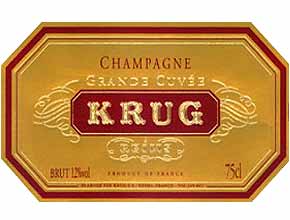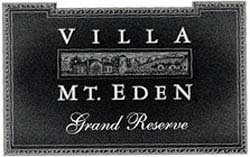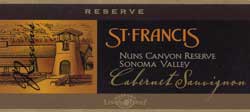Spring Eats
Regardless, an exploration of the palate pleasing potential of grass and flowers is in order.
Grass...
The most commonly consumed grass is Sour Grass. Sadly, said strain is simply sorrel. Sorrel is high in Oxalic Acid which endows the greens with an unbalanced acidity (think Sangiovese) and a tartness. Of course, the leaves make many a cameo in salads. Further, it can be cooked like spinach or chard and served in their stead or added to both in small doses for a bit of a tangy, lemony supplement.
 The second variety of edible grass is the Thai staple, Lemon Grass or Takrai. Lemon Grass can be purchased fresh or dried, but do not mistake it with the little pots of grass found in many Manhattan bodegas; the latter are simply normal grass marketed for cats. Lemon Grass is much thicker, and is based by a bulbous ball, resembling a green onion. It is often treated in a similar fashion, the stems chopped thin, and the bulb bruised then cooked. However, the stalks can be cleaned and trimmed, then cooked whole as well. Powdered incarnations make rare appearances as well.
The second variety of edible grass is the Thai staple, Lemon Grass or Takrai. Lemon Grass can be purchased fresh or dried, but do not mistake it with the little pots of grass found in many Manhattan bodegas; the latter are simply normal grass marketed for cats. Lemon Grass is much thicker, and is based by a bulbous ball, resembling a green onion. It is often treated in a similar fashion, the stems chopped thin, and the bulb bruised then cooked. However, the stalks can be cleaned and trimmed, then cooked whole as well. Powdered incarnations make rare appearances as well.The taste is as advertised: citrusy. The texture is less important as lemon grass is rarely consumed outright, but generally used to infuse flavor. Lemon grass pairs extremely well with chiles and garlic, not to mention curry powders and garam masala.
 Note: Blog-gar in Residence, Dr. W., is an ardent advocate of setting fire to another varietal of grass, and he is quick to emphasize that his favorite, a cross between, ah, Bluegrass, Kentucky Bluegrass, Featherbed Bent, and Northern California Sensemilia can be mixed with butter, fats, or oil for consumption, but that is not the business of our blog.
Note: Blog-gar in Residence, Dr. W., is an ardent advocate of setting fire to another varietal of grass, and he is quick to emphasize that his favorite, a cross between, ah, Bluegrass, Kentucky Bluegrass, Featherbed Bent, and Northern California Sensemilia can be mixed with butter, fats, or oil for consumption, but that is not the business of our blog. Flowers... The flowers are funny feature, but before beginning, keep two key concepts in mind!
(1) Most flowers are not edible; in fact they are toxic! (Beware of pesticides and downright deadly flowers!)
(2) Even edible flowers tend to look far, far better than they taste!
However, since the Romans, buds have bloomed in cuisine. Larousse Gastronomique accurately emphasizes the fact that flowers are most often found in eastern cooking, and western libations. The best of batch are hand down the blossom trio: zucchini, squash, and garlic blossoms are all quite tasty; try stuffing them and then quickly cooking. (Most often these are fried.)
Lavender and Rose are incredibly fragrant and make for excellent jellies, marmalades, and infusions. Further, when enjoying a cheap bubbly or prosecco, throw a few petals in for added aroma and a nice visual touch.
The standard use is in salads and garnishes. This involves "raw" flowers, albeit they should be stored with stems in cold water, until they are cleaned, destemmed, and plated.) A list of common salad flowers and basic descriptions of their taste follow.
Nasturtiums - pepper and watercress
Borage - cucumber, with hints of a weak oyster like a Kumamoto
Dandelion - honey taste when young, like humans, with maturity comes bitterness
Edible flowers can be found in farmer's markets or pre-packaged and selling for absurd prices in Dean & Deluca, as well as Whole Foods. For those coveting further 'fo on flowers, an excellent chart for reference can be found on this about.com spin-off. Go out, experiment, live a little!












